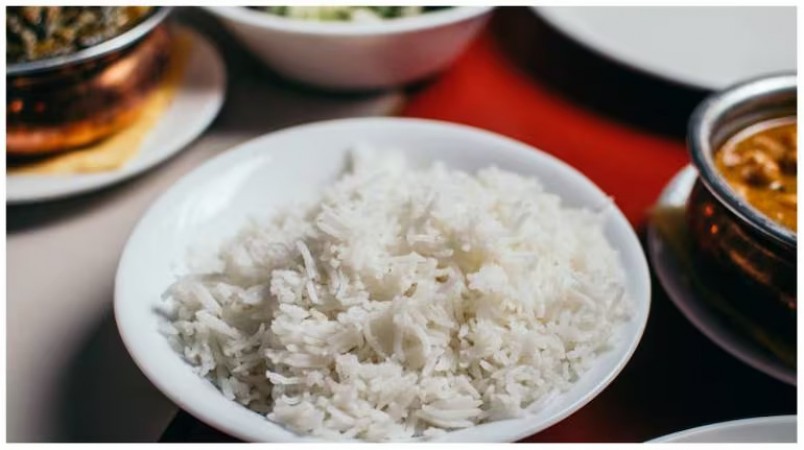
New Delhi: Rice, a staple food for over 3 billion people worldwide, is facing a looming threat as the price spike devil takes hold. The global rice market, which plays a crucial role in ensuring food security for millions, is grappling with challenges that could have severe consequences for consumers and economies around the globe.
Rice, known as a reliable and affordable source of sustenance, has experienced significant price increases in recent months. Multiple factors have contributed to this surge, including adverse weather conditions, supply chain disruptions, rising production costs, and increased demand.
Also read:The Torch of the Statue of Liberty will not be Perceived by the Public
Unfavorable weather events, such as droughts, floods, and extreme temperatures, have hampered rice production in major rice-growing regions. These climate-related challenges have led to yield losses and reduced the overall supply of rice. Additionally, supply chain disruptions caused by the COVID-19 pandemic, including transportation constraints and labor shortages, have further strained the availability of rice in the market.
The rising production costs associated with rice cultivation, including fertilizers, labor, and energy, have added to the price pressures. Farmers, facing escalating input costs, may be compelled to increase the prices of their produce to maintain profitability. These cost burdens, coupled with limited availability, have contributed to the upward trajectory of rice prices.
Furthermore, increased demand for rice, driven by population growth, changing dietary preferences, and shifting consumer habits, has exacerbated the situation. As more people worldwide adopt rice as a dietary staple, the demand-supply imbalance intensifies, leading to higher prices.
Also read:Ashneer Grover the Great Finance Leader and Businessman in India
The price spike devil poses significant challenges for the 3 billion people who rely on rice as a staple food. In many low- and middle-income countries, where a large portion of household income is allocated to food expenditure, rising rice prices can have severe implications for affordability and access to nutritious food. Vulnerable populations, such as the poor and marginalized, may find it increasingly difficult to meet their dietary needs.
The impact of higher rice prices extends beyond consumers. Governments, particularly in rice-importing nations, face the challenge of managing rising food inflation and ensuring food security for their populations. They may need to consider implementing measures such as import subsidies, price controls, or strategic reserves to mitigate the impact of price spikes and stabilize the market.
International organizations, including the United Nations' Food and Agriculture Organization (FAO), are closely monitoring the situation and calling for collective action. The FAO stresses the importance of strengthening agricultural resilience, promoting sustainable farming practices, and investing in infrastructure and technology to enhance productivity and adaptability to climate change.
In addition, promoting diversification of food sources and encouraging sustainable agricultural practices can help reduce dependence on rice as the primary staple and enhance overall food security. Efforts to enhance post-harvest management, reduce food waste, and improve agricultural productivity can also contribute to stabilizing rice prices and ensuring availability for all.
Addressing the challenges faced by the global rice market requires a multi-faceted approach involving collaboration between governments, international organizations, farmers, and consumers. Strengthening agricultural research and development, facilitating access to credit for small-scale farmers, and fostering knowledge sharing and innovation can play a crucial role in overcoming the price spike devil.
Also read:India's GDP Soars to 7.2% in FY23 as FinMin Unveils Annual Economic Review
While the road ahead may be challenging, collective efforts and proactive measures can help mitigate the impact of rising rice prices. It is imperative to prioritize food security, promote sustainable agricultural practices, and ensure that rice remains affordable and accessible to the billions who rely on it as a staple food.
As consumers, governments, and organizations grapple with the price spike devil, collaboration and innovation hold the key to finding sustainable solutions and securing a stable and affordable rice market for the billions who depend on it for their daily sustenance.